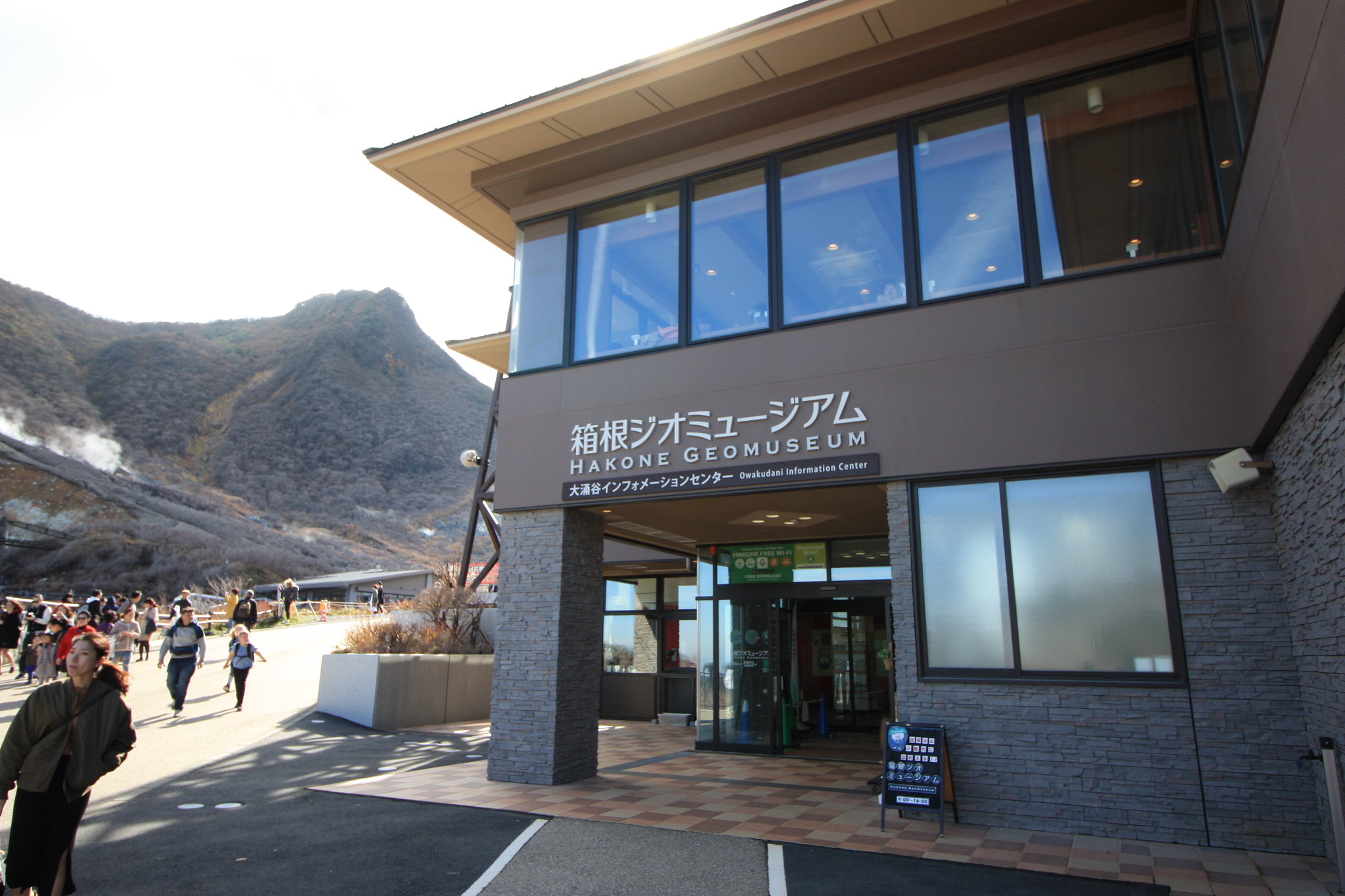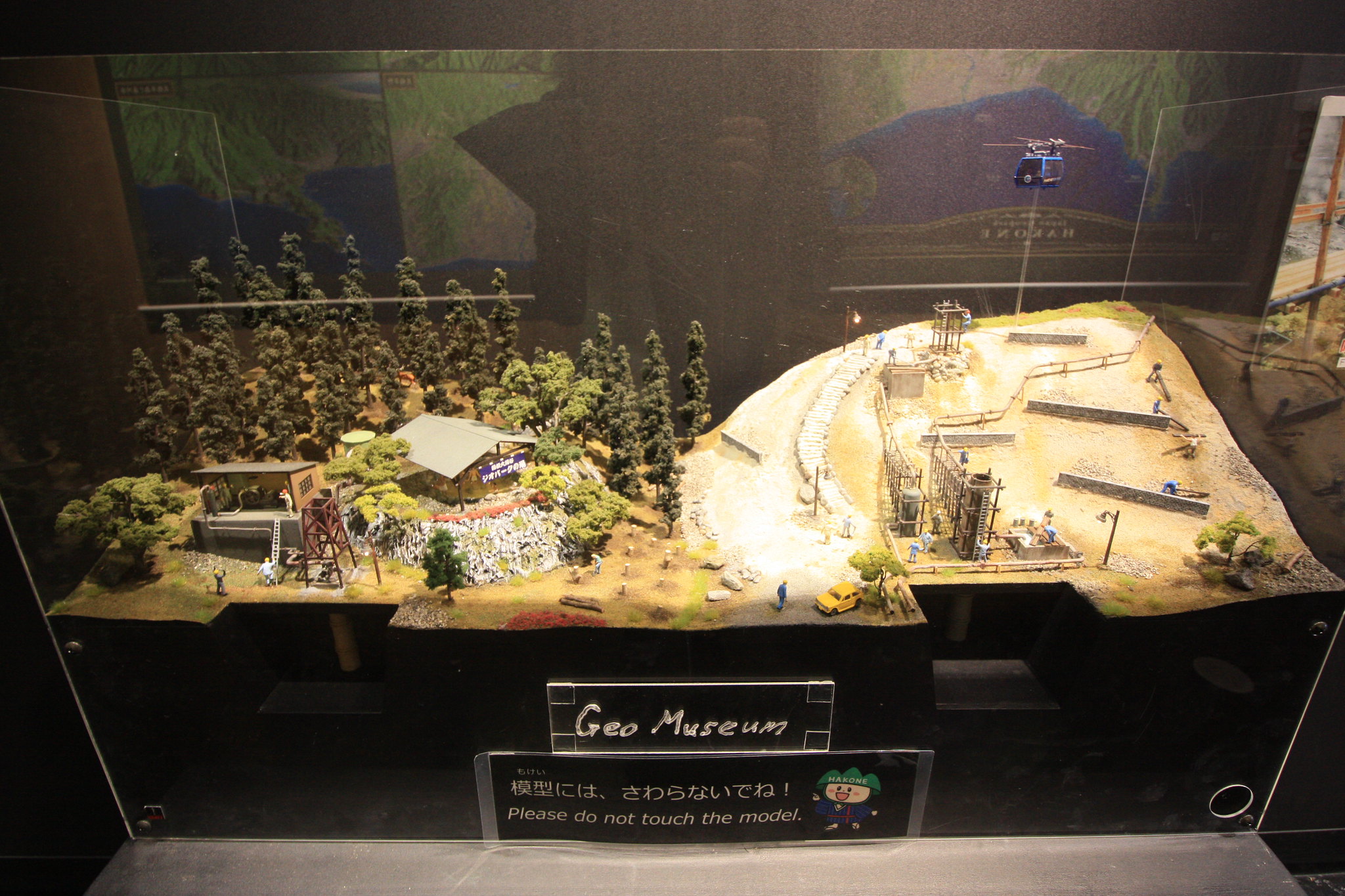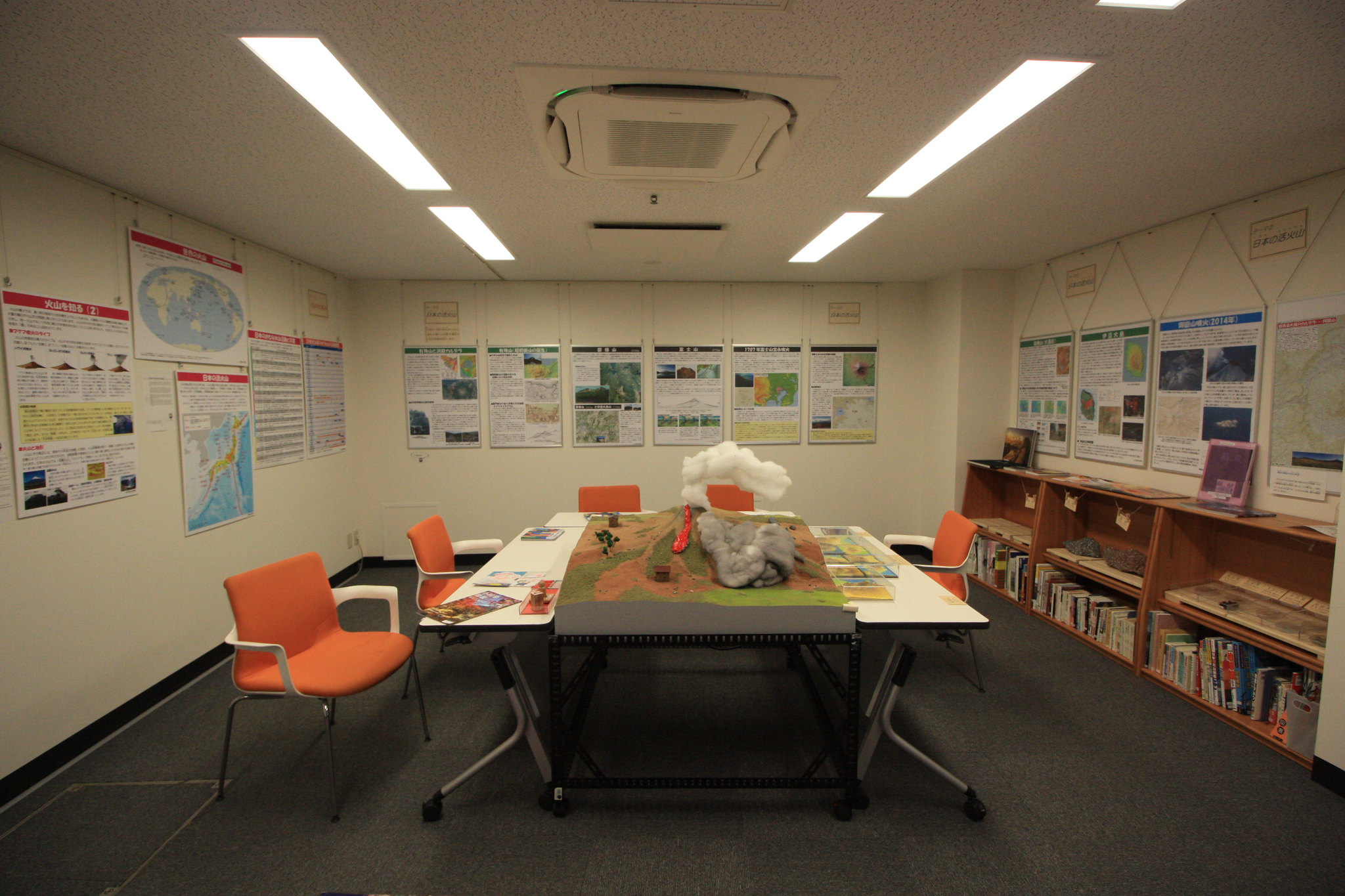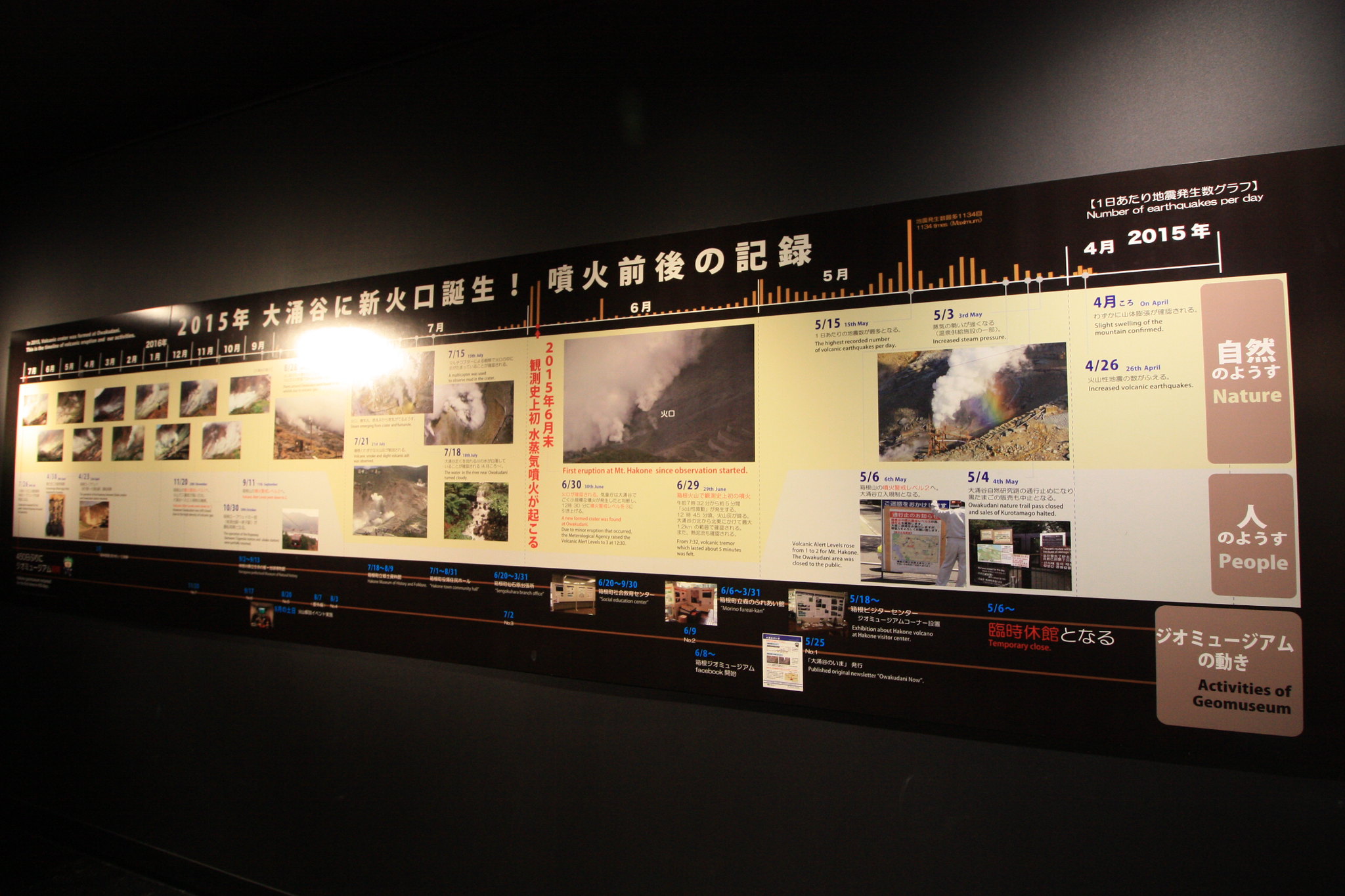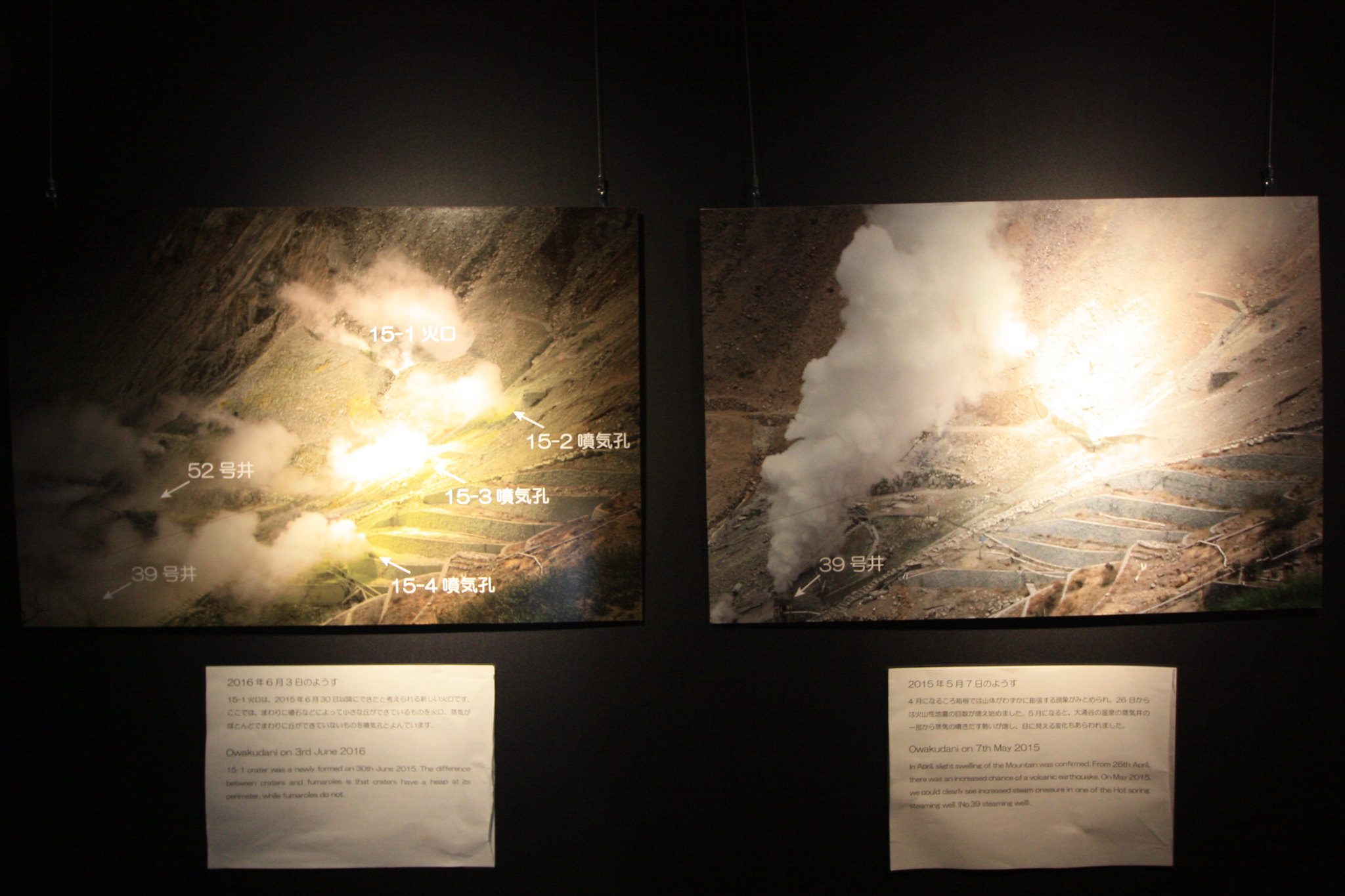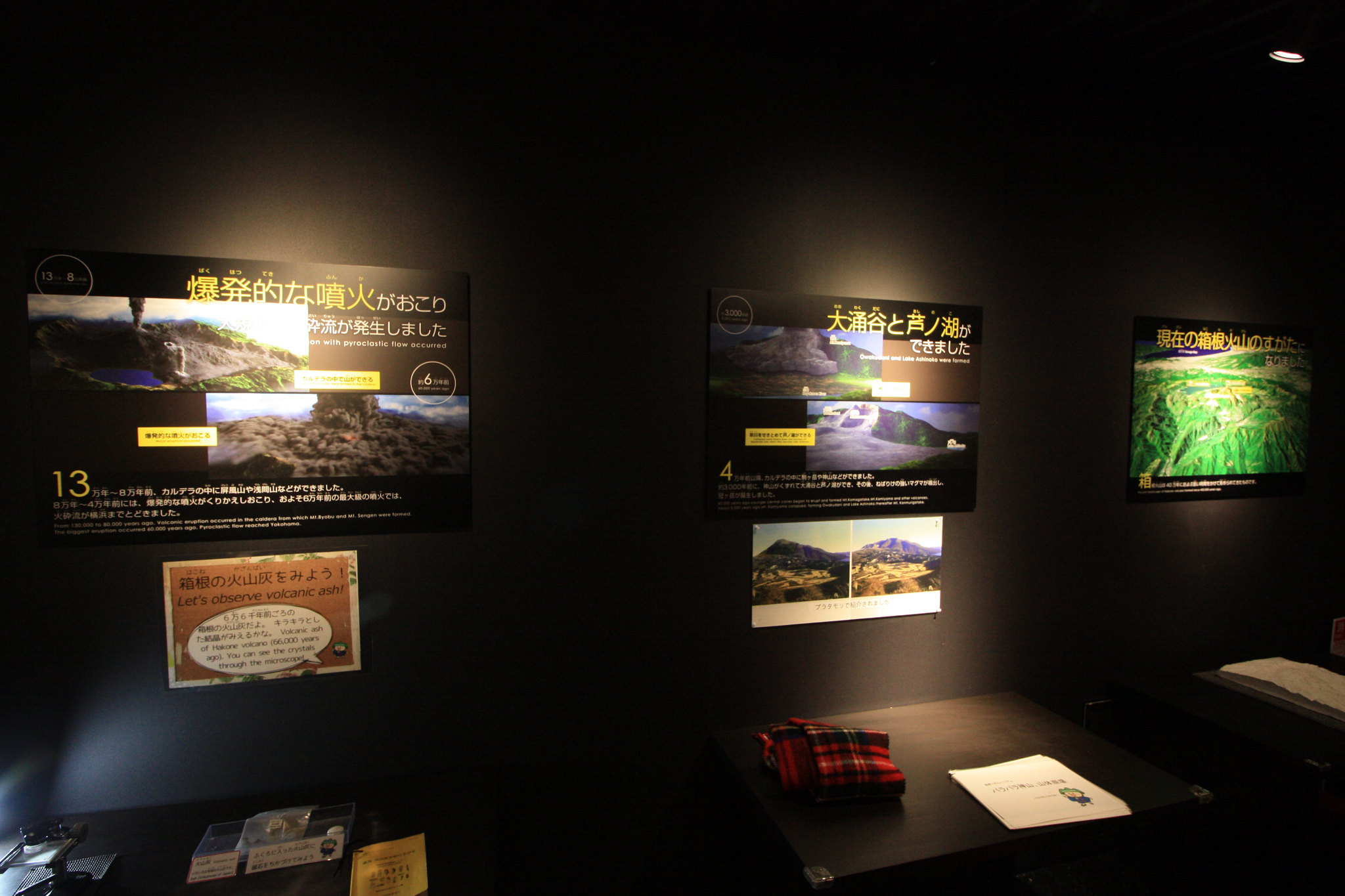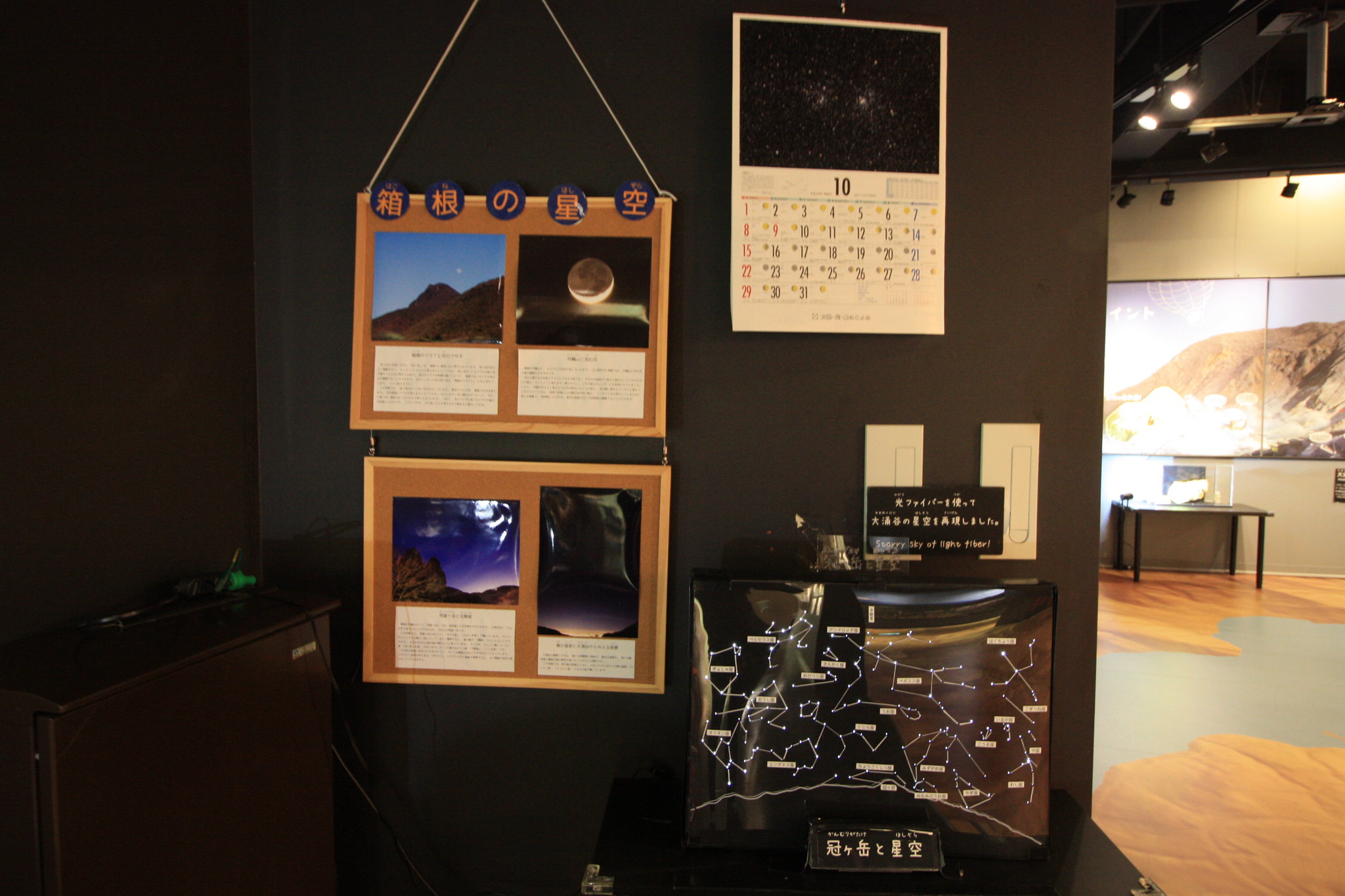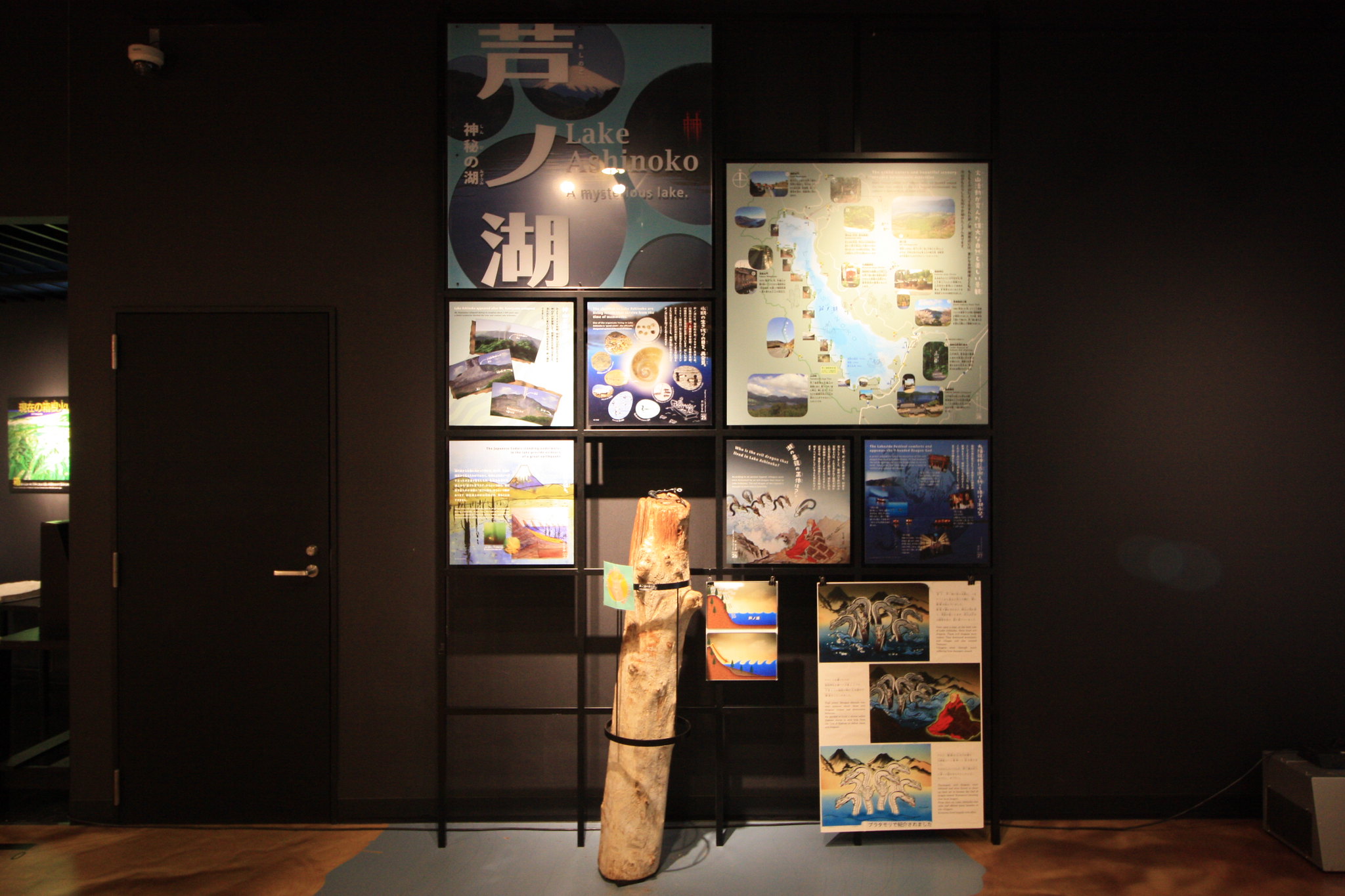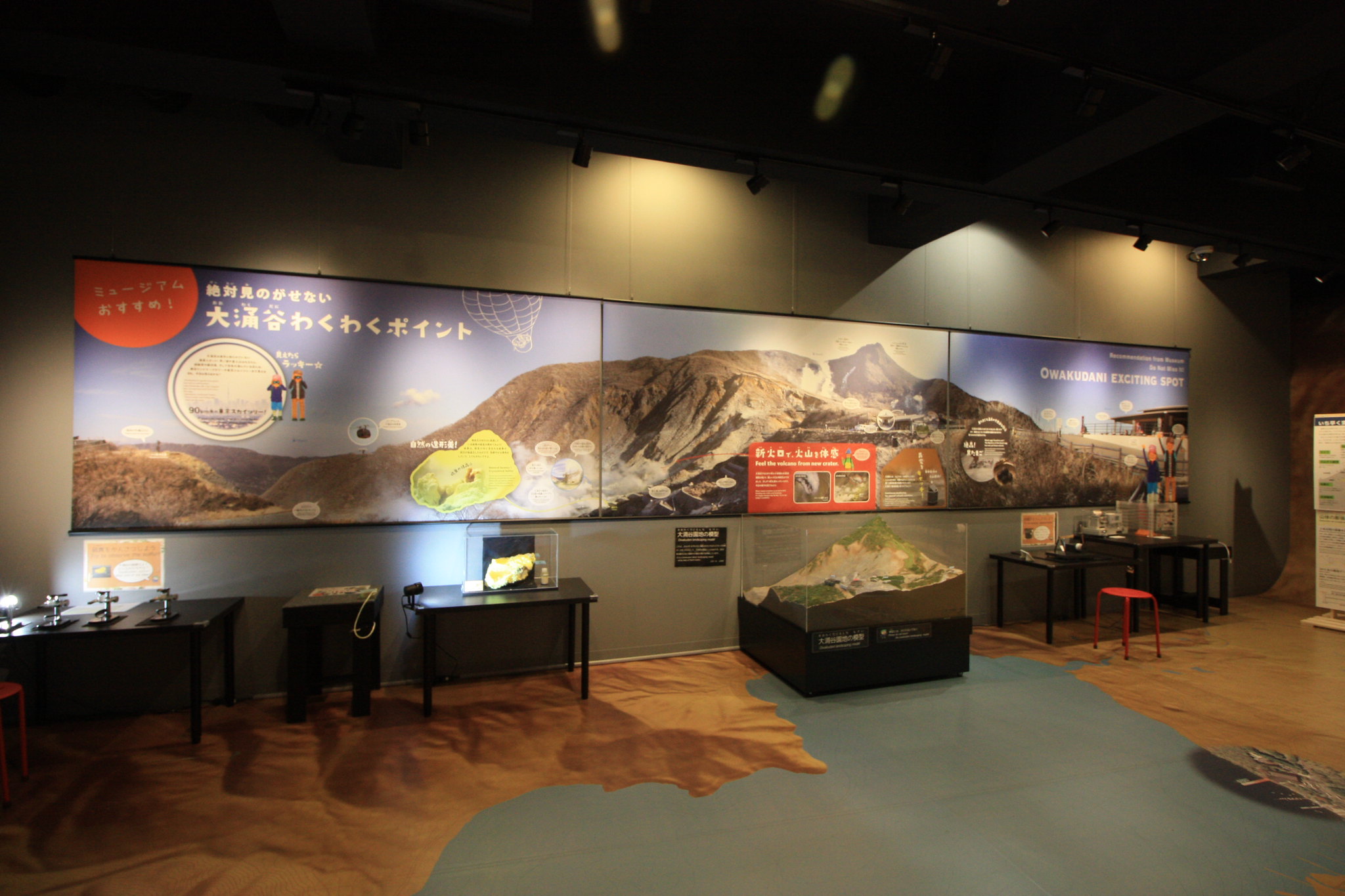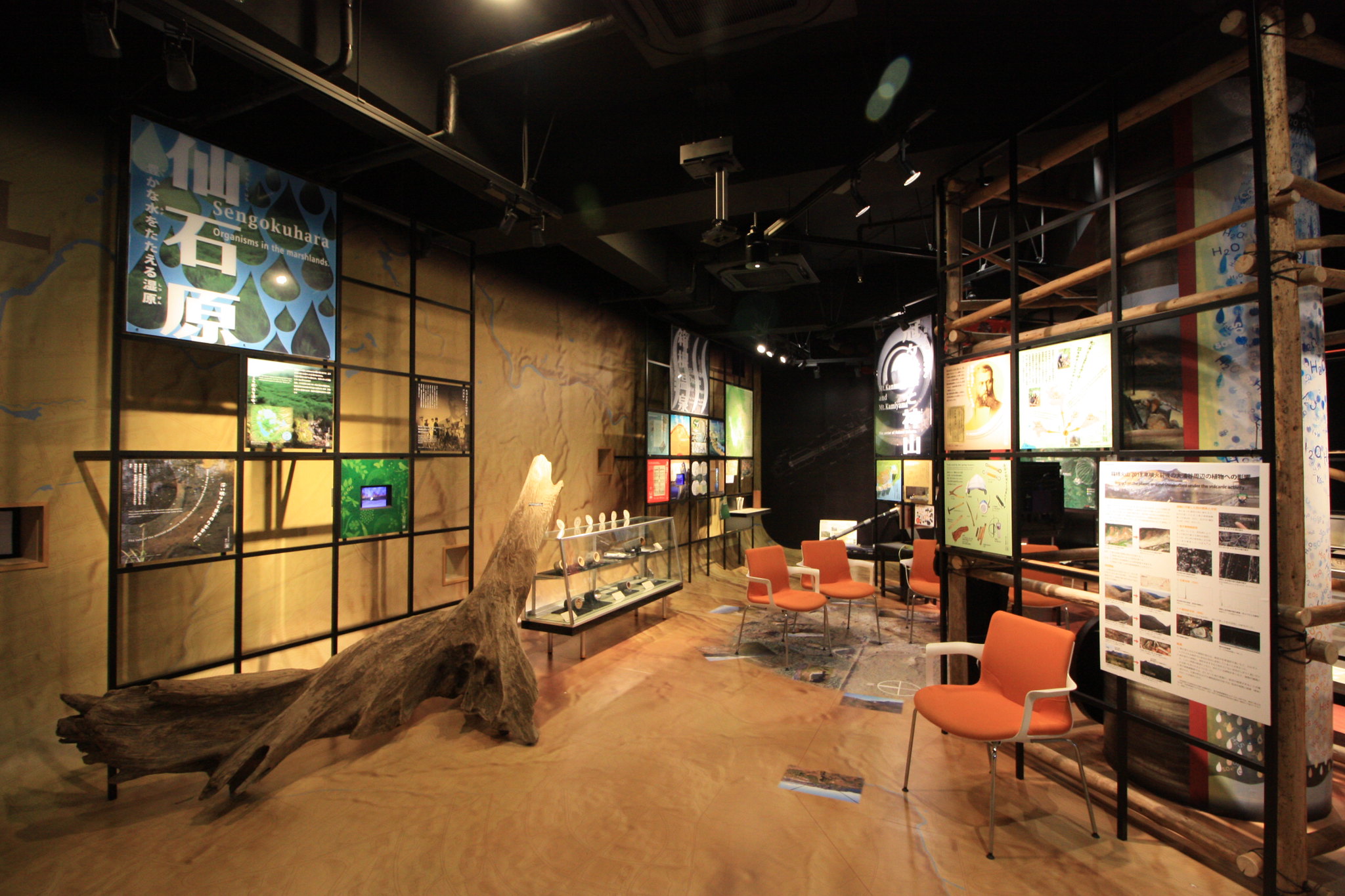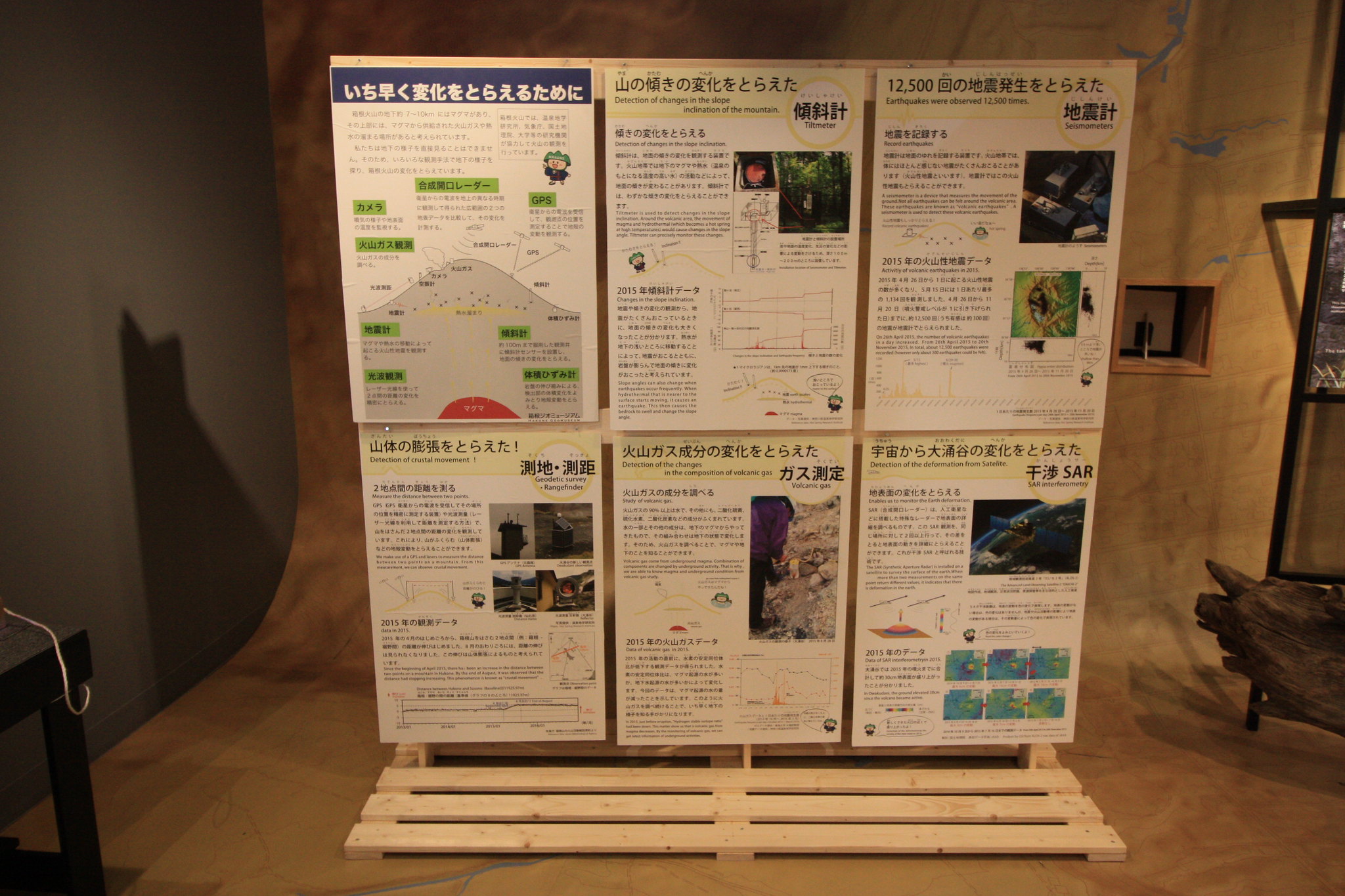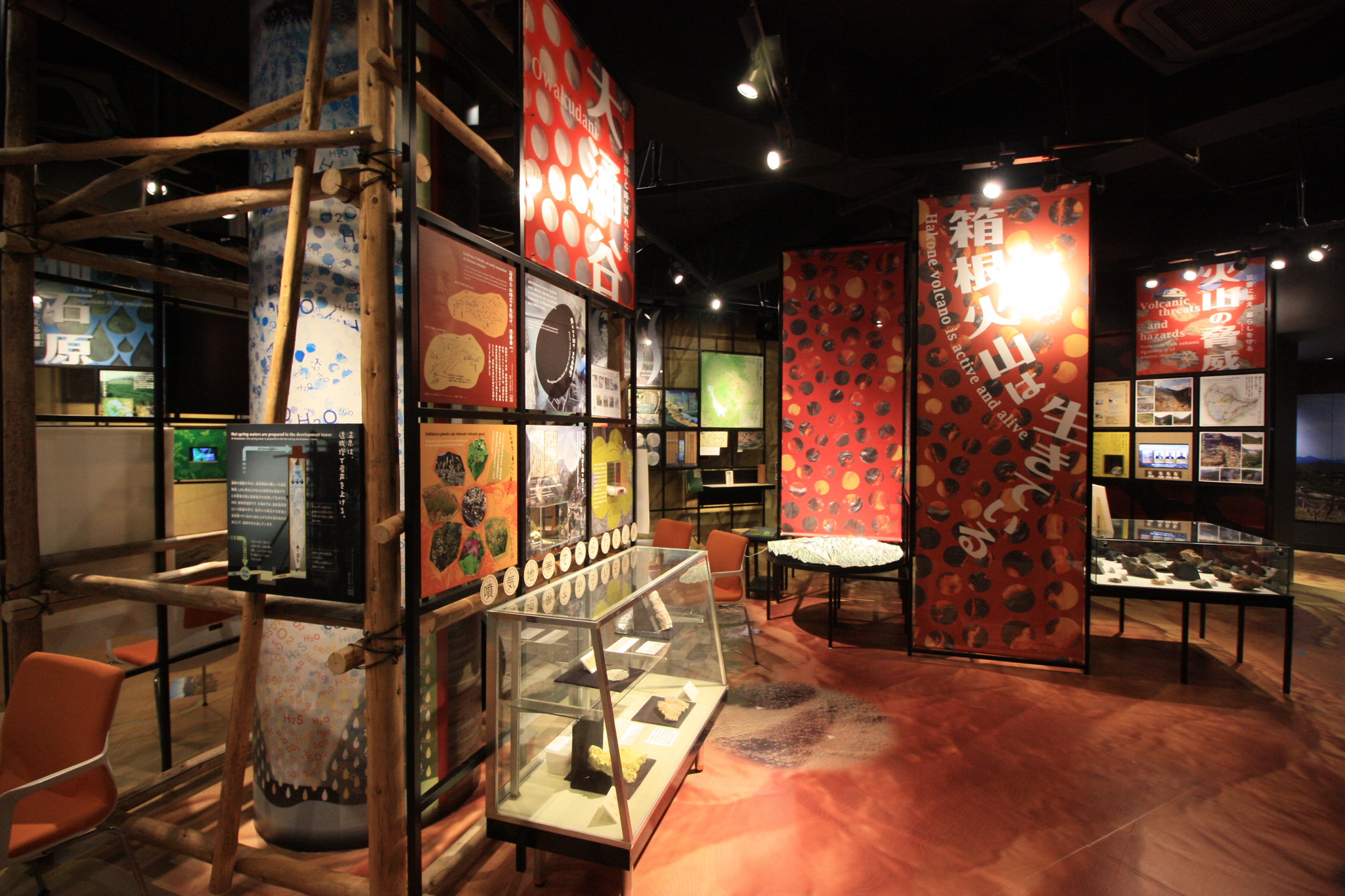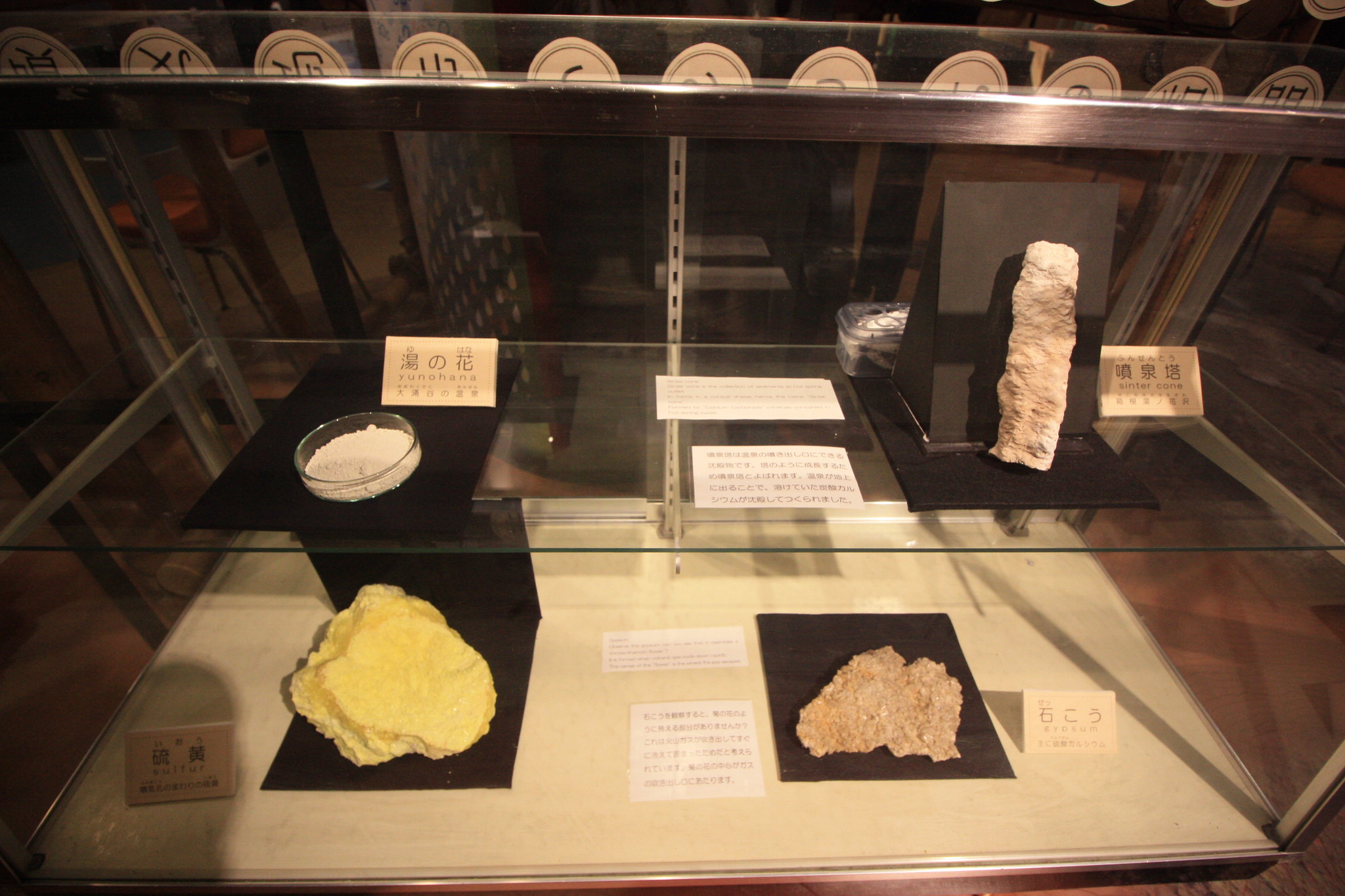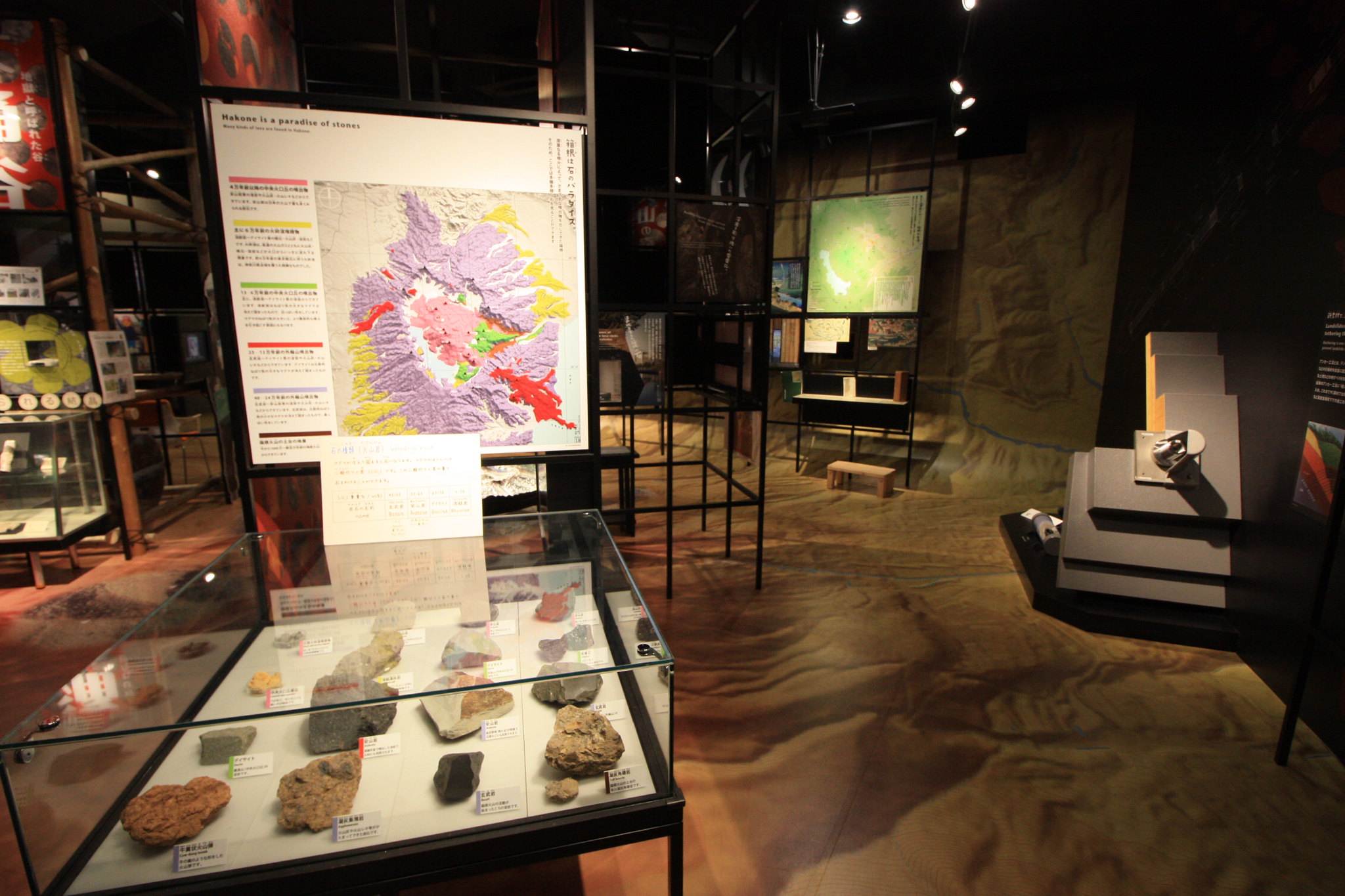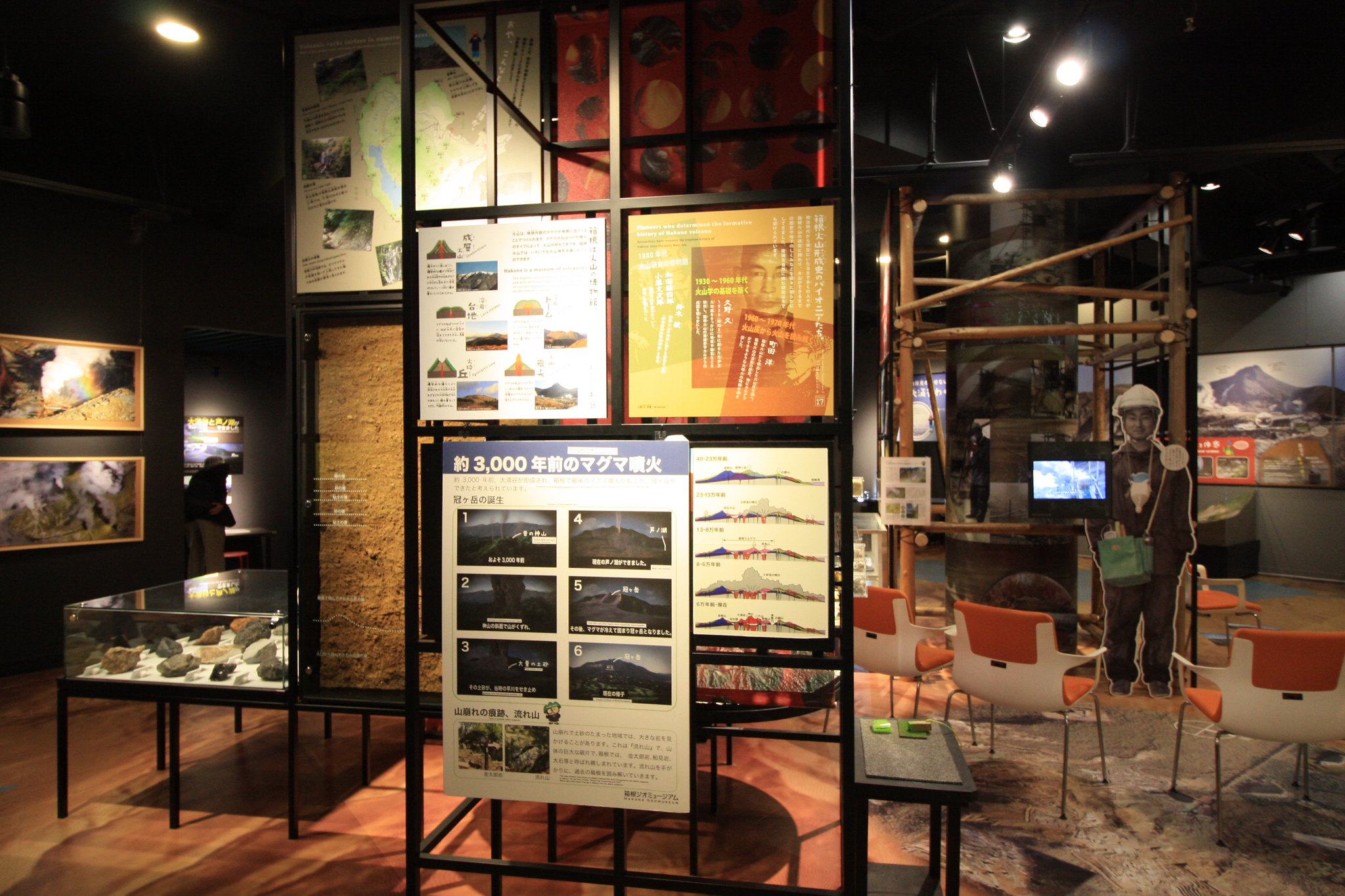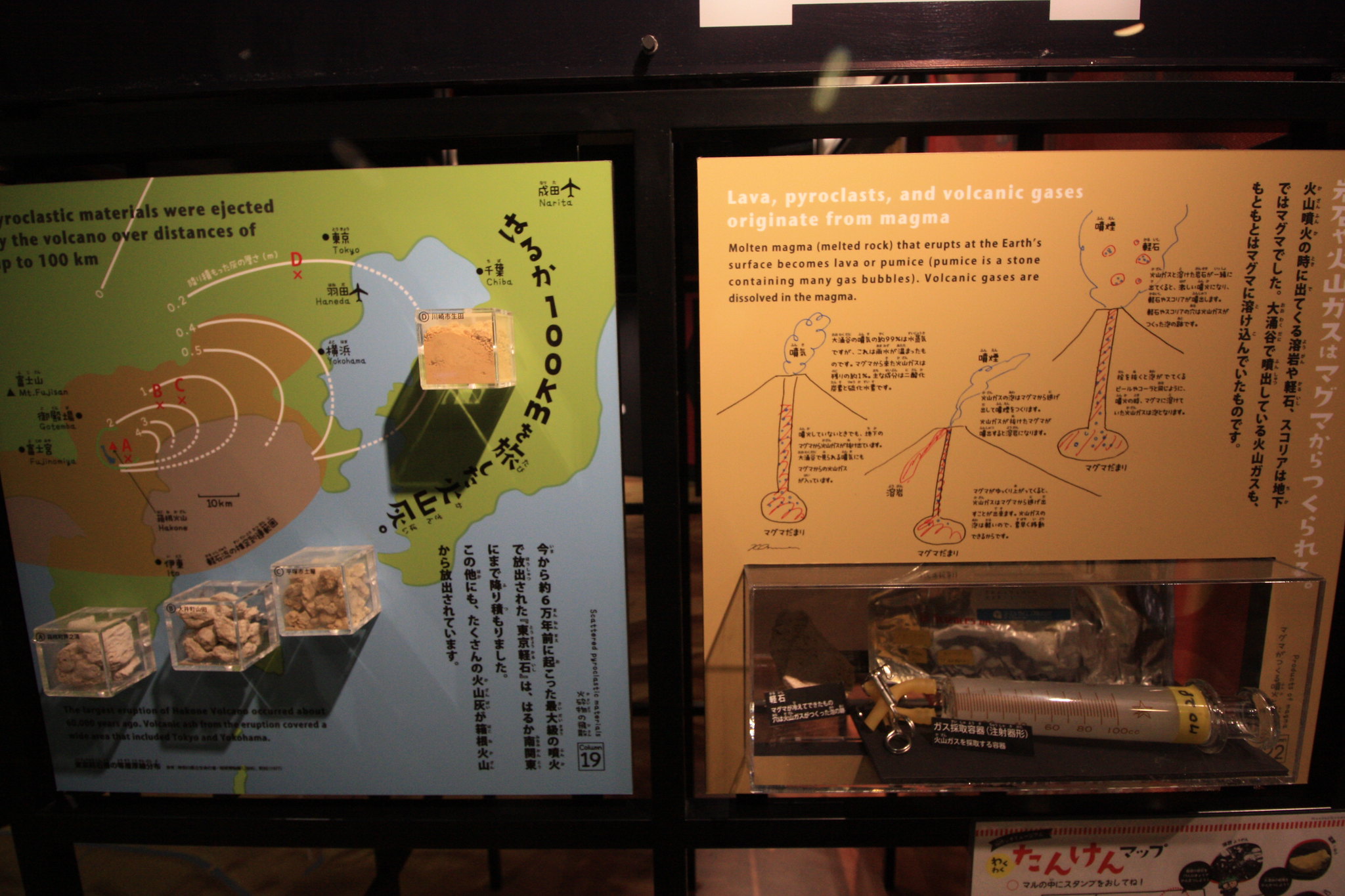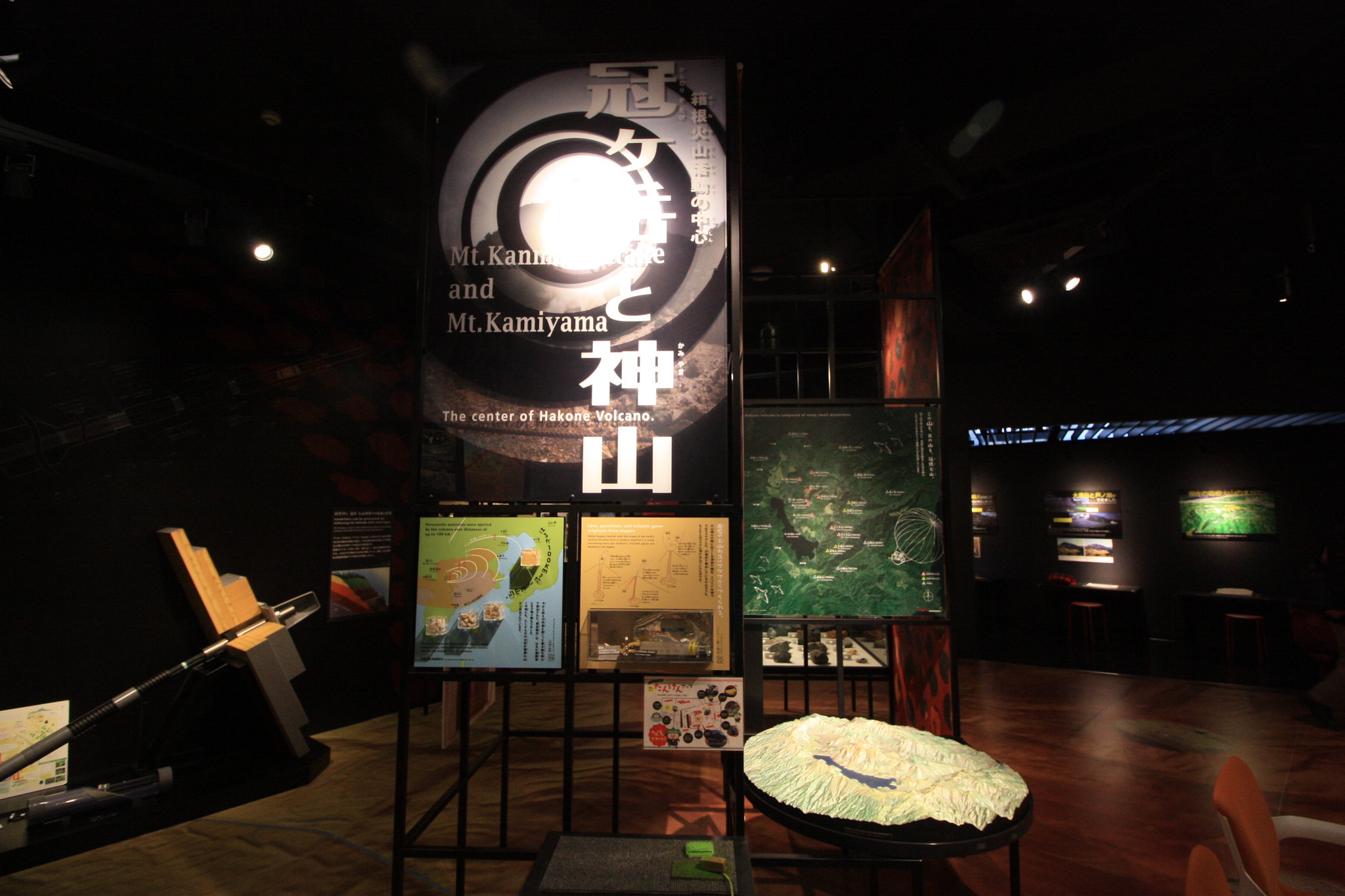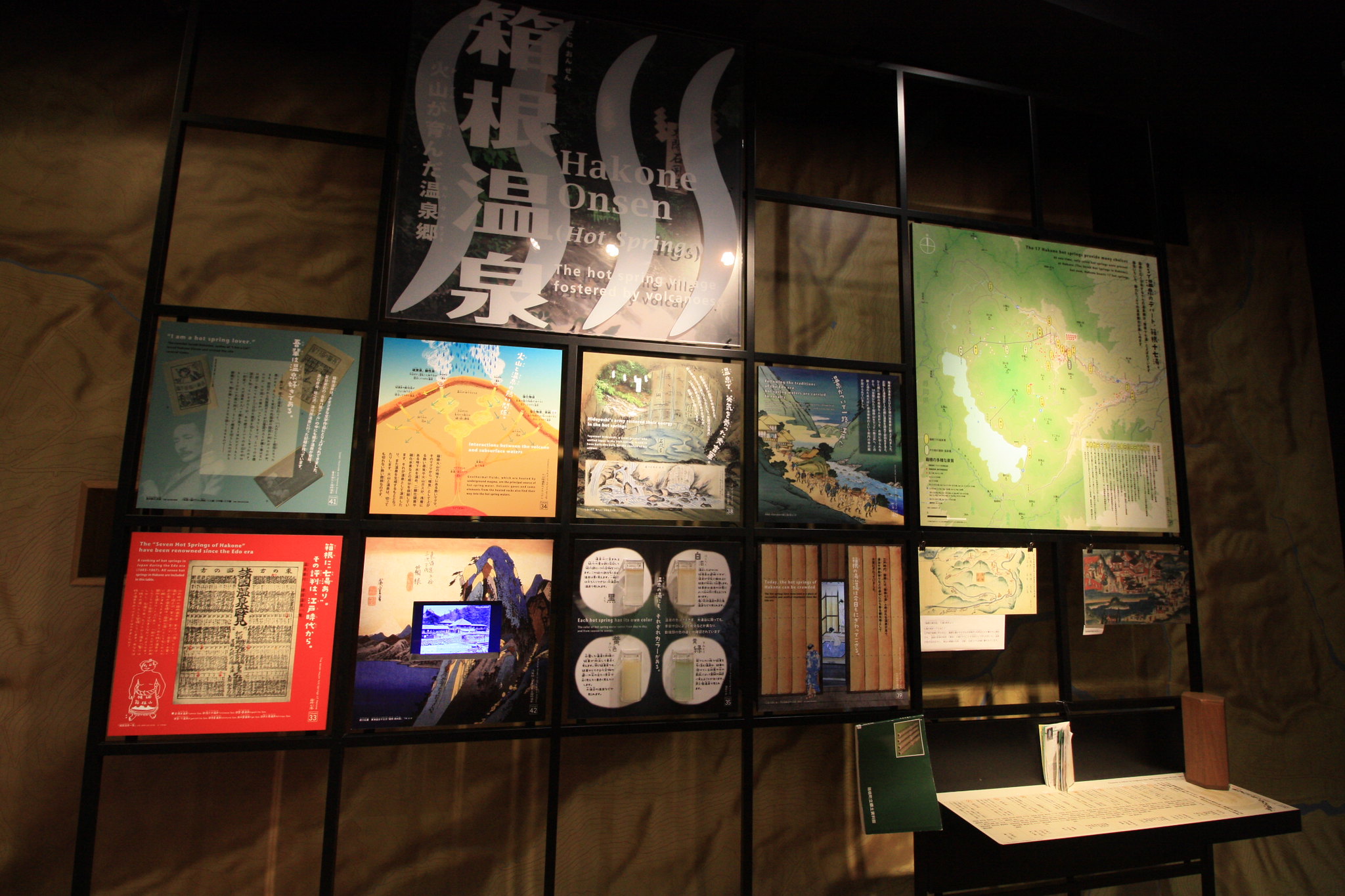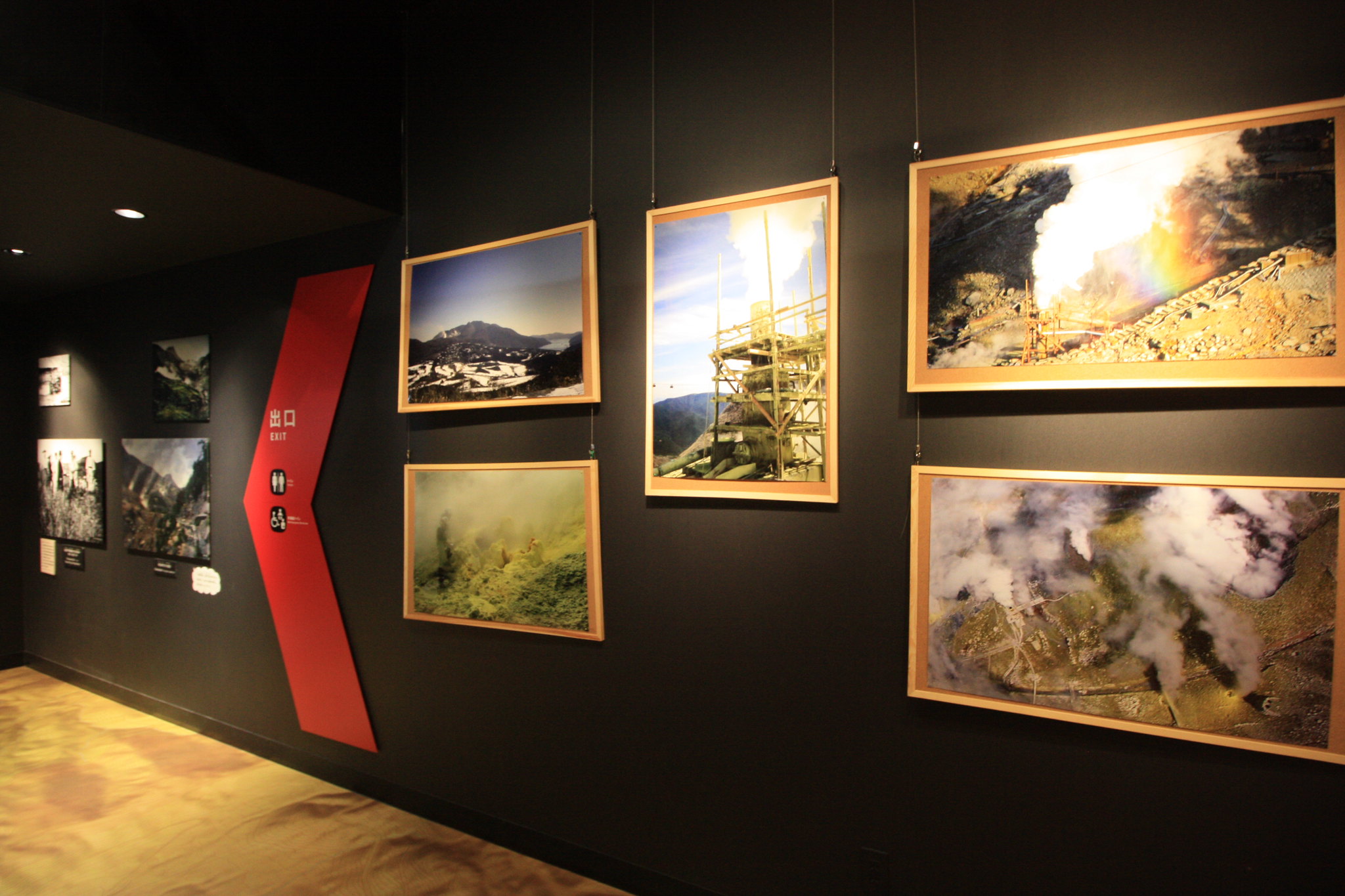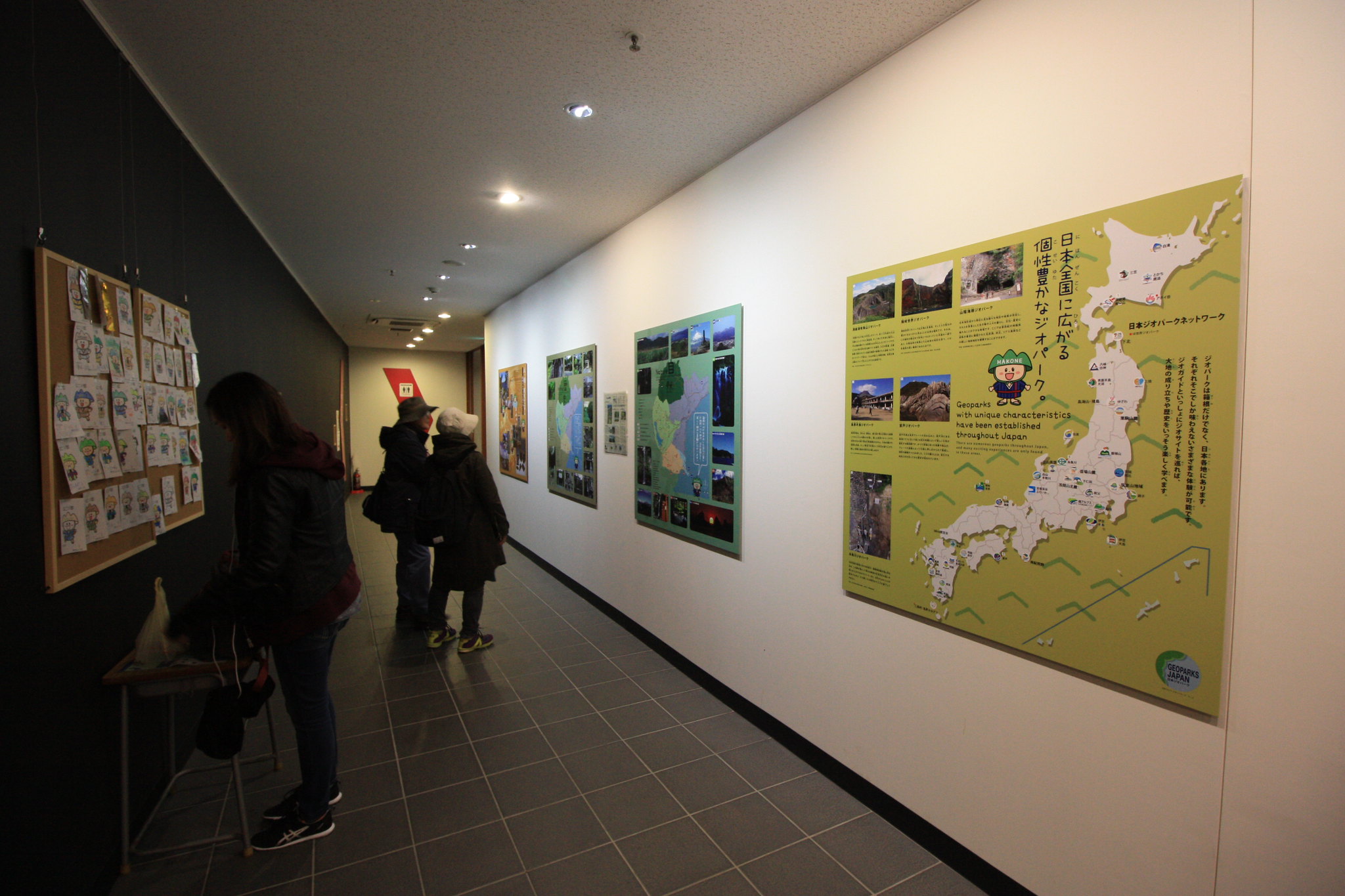Second post this month, would you look at that. I really hope that I can keep this two post a month schedule for a while. But we have to consider that March is the longest month of the year, so I had more time to write a second post. I know that March has the same amount of days as a few other months, but March just feels like it lasts forever. Now back to my Japan trip, after Takayama, my travel companions and I headed to Kanazawa, but we didn’t visit any museums there. Next stop was Tokyo, but we did a little side trip to Hakone first…
Hakone GeoMuseum, located in Hakone, Japan
(箱根ジオミュージアム)
The Hakone GeoMuseum is open year round from 9am to 4pm, although they maybe closed due to the weather. The museum is comprised of two sections, one that is free admission and the other ‘s admission cost is 100JPY, which is slightly less than 1USD. Visitors can see the free section first and decide if they would like to pay to see the rest of the museum. Walking to the museum used to be possible, but the trails leading to the museum are closed to due to volcanic gases, as the museum sits within area that is an active volcanic zone. As such, driving and public transportation are the best ways to reach the museum. If visitors choose to drive to the museum, there is a parking lot nearby and it costs 520JPY, approximately 5USD, to park the car for the day. Public transportation is the other option, if one doesn’t have access to a car or does not want to drive. There’s two ways to reach the museum via public transportation at Odawara station, the station where all visitors must make a transfer: the first is the simpler and faster way, catch a bus at Odawara station that goes straight to the museum, or the second way, which sounds more complex and is a bit more time consuming, but is more exciting as one gets to experience various modes of transports, is to take the rail from Odawara station, then transfer to a cable car at Gora station and finally take the ropeway at Sounzan station to reach the museum. The museum is located at the Owakudani stop, which is famous for its black eggs, made by boiling in the natural steam water in the area, so definitely try those, as it’s believed that eating one will add five to seven years to one’s lifespan. Other things to do in the area that require a bit more transportation is the Hakone Open Air Museum and the Hakone Art Museum, or just sight see around the Hakone area if it’s a nice day.
The Hakone GeoMuseum is comprised of two sections, as mentioned earlier, the free area is the “Information Zone” and the paid section is the “Geo-Hall”. The “Information Zone” is also separated into two sections, the “Entrance Zone” and the “Promenade Zone”. If you choose to visit only the free section, you’ll move from one section to the other directly, but if you choose to visit the paid area, you traverse through the “Entrance Zone”, then the paid area and finally the “Promenade Zone”, as to not have to back track (which is what I did and how the pictures will be posted). The “Entrance Zone” is one room that contains a small information area and the place to buy tickets, in addition to a few exhibits that provide information on the volcanic gas at Owakudani and disaster prevention measures. (I forgot to take some pictures for this section.) The “Geo-Hall” exhibit is made up of a “Prologue” and then the main “Geo-Hall”. The “Prologue” part focuses on the Hakone area, and the threats and hazards of living near a volcano. This section also places special focus on the 2015 eruption of the Hakone volcano, providing visitors a glimpse of the event through a detailed timeline with images.
The main exhibit, “Geo-Hall”, is separated into seven smaller sections. Five of the sections focuses on the surrounding areas including Owakudani, Lake Ashinoko, Sengokuhara, Hakone Onsen, and Mount Kanmurigatake and Mount Kamiyama. Another section provides information about the general threats and hazards of volcanoes. Visitors can learn about the history of the Hakone volcano and the different methods used to detect any changes in volcanoes that may signify impending volcanic activity. In addition, visitors can see various volcanic rock specimens and learn about how these specimens were formed. The last section is a special exhibition called “Recommendation of Owakudani from museum staff”, which as the name implies points to special areas of interest that visitors should go see when in the area, for example, trying to get a glimpse of Mount Fuji from the area or trying the area’s famous black eggs. The last area is the free “Promenade Zone”, where visitors can learn about the Hakone Geopark and Japanese Geopark network.
My usual travel partner and I spent about 30 minutes to visit the whole museum, but as usual, other visitors maybe take more or less time depending on their interest and whether they want to visit the whole museum or just the free section. The admission price is very affordable, so it’s a good idea to visit the whole museum to get a better understand of what is happening in the surrounding area. The museum is well worth the admission price as there is plenty to see and do inside, and there’s enough English signage for most visitors to understand what is being presented. The museum is a good place to visit for families with kids as the admission isn’t too steep to bring the whole family, and everyone will be entertained as there is plenty of activities for children to engage with and enough information presented to keep adults interested. Anyone interested in volcanoes and geology will fancy a visit. Owakudani is located on an active volcano and the surrounding scenery is like an alien world, so lace up those sneakers and learn more about the wonders of volcanoes at the Hakone GeoMuseum.
